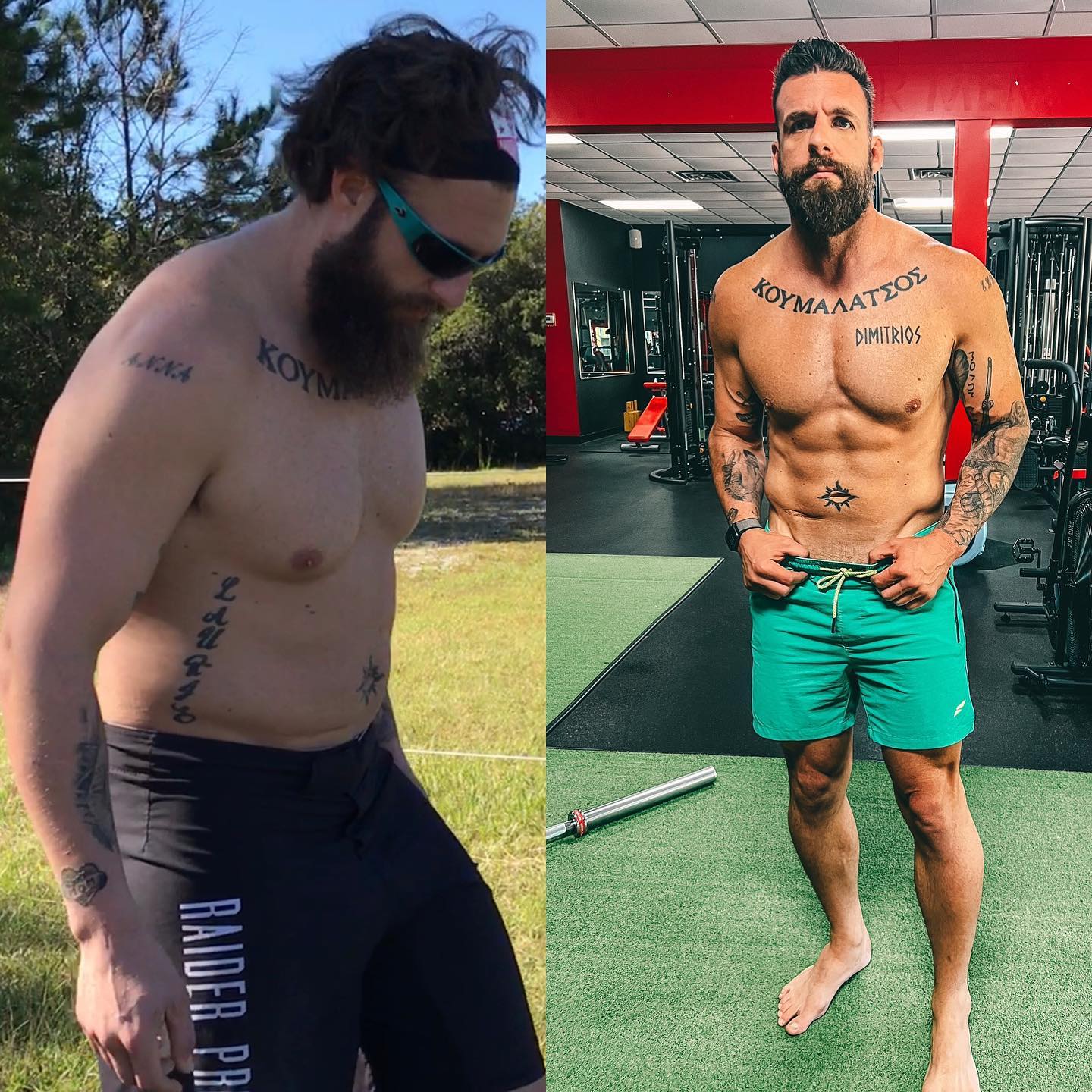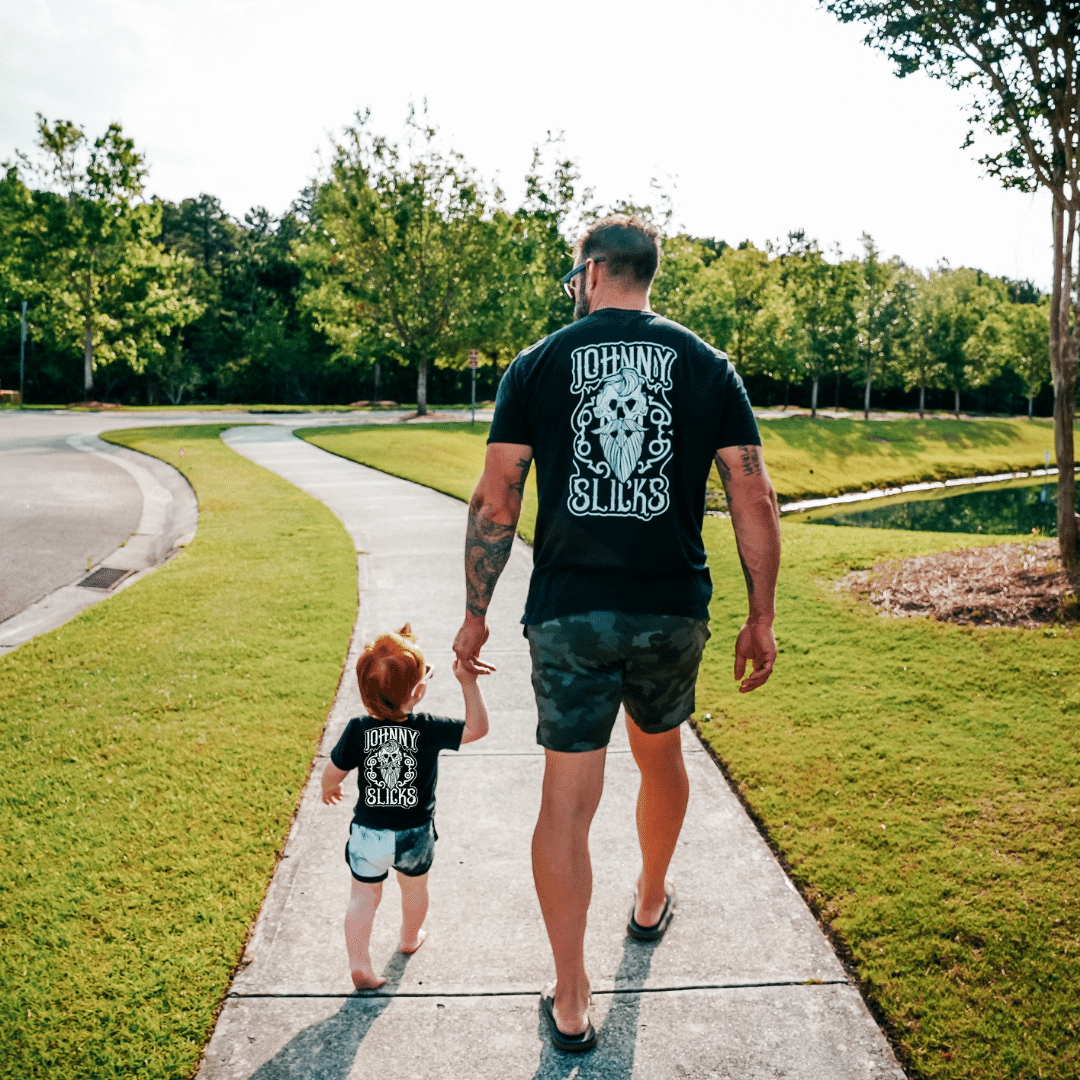So with more troops comes more money, with more money comes more casualties. It seems we exchanged one problem for another to keep support and defense contracts alive.18
With casualties higher than they have ever been in 10 years, policy makers were forced to make a change in ISAFs’ strategic goals. In late 2009 they started to look at Civil Defense Initiative (CDI), which quickly became the Local Defense Initiative (LDI) and finally Village Stability Operation (VSO) (5). This term was created when Dr. Seth G. Jones a senior Political Scientist started working with Major General Flynn on how to stabilize Afghanistan. Dr. Jones helped Gen. Flynn see that there was a gap between the villages of Afghanistan and its government.
The four steps that Dr. Jones came up with was Shape, Build, Hold and Transition. The idea was that a Special Operations Team would begin negotiations with village elders to persuade them towards establishing their own security with guidance and support from the team. The shaping part would be the negotiations, and eventually being invited in to leave with the village while simultaneously utilized direct action personnel try to remove any hard lying individuals that did not want to transition from Taliban to Afghan Local Police. Once the team is invited in, they would begin training and equipping local villagers to stand security in their own village - this would be the build part. Once security had been established a myriad of programs would begin. The team would be able to bring in contractors for reconstruction of their villages, they would have the ability to bring educators from around the country to teach the security force and their families how to read and write - this is all during the hold phase (19, 20).
Now the transition piece seems to be a little bit trickier. The idea is that the Afghan Local Police (ALP) would transition over to some branch of the Afghan Government, either the Afghan National Police (ANP) or the Afghan Border Patrol (ABP). But, due to the massive amount of corruption in the Afghan Government from the Presidential Staff down to the lowest levels of government this seems to rest solely on the Special Operations Team to keep the Village linked to the District Government. As you can see from the statics above the program does work we have seen an enormous drop in capsulitis since the ISAF stopped playing whack a mole with Taliban Insurgents and put the problem of security on the Afghan People. 19, 20
How would have the post 2001 September 11th conflict in Afghanistan outcome been different if we had continued with Asymmetrical operations verses conventional military methodology?
From what I gather, it's just not that simple. There seems to have been many decisions that were made to get us to the present point we are at now. The overall solution for a possible successful course of action in Afghanistan is a blend of these strategies: to develop a grass roots initiative of local security forces, hereby linking to Afghanistan’s district government and conducting direct action raids for the individuals that will not reconcile with the Afghanistan government. Meanwhile the Department of State works with the government of Afghanistan on their foreign policy. But what was our goal in Afghanistan? To remove the Taliban from power and establish an Islamic democratic society so that Afghanistan would not be a breeding ground for terrorists. My question remains, while all this seems that it could possibly work to the benefit of the US as well as Afghanistan, will it work when the coalition forces do not have a sustained presence in Afghanistan?
Reference
1. Martino, Lucio. "From Covert through Overt to Covert again: The Parabola of U.S. Special Operation Forces." CEMISS QUARTERLY 3 (2005), http://scholar.googleusercontent.com/scholar?q=cache:W3ExqzJlCqIJ:scholar.google.com/ Lucio Martino from covert to overt&hl=en&as_sdt=0,34 (accessed July 15, 2012).
2. "Predator Morality." Wall Street Journal, Feb 20, 2002, http://search.proquest.com/docview/398973643?accountid=8289 (accessed June 17, 2012).
3. Paulus, Andreas and Mindia Vashakmadze. "Asymmetrical War and the Notion of Armed Conflict - a Tentative Conceptualization." International Review of the Red Cross 91, no. 873 (2009): 95-125, http://search.proquest.com/docview/217741428?accountid=8289 (accessed June 17, 2012).
4. Central Intelligence Agency, "CIA World Fact Book." Last modified June 20, 2012. Accessed June 24, 2012. https://www.cia.gov/library/publications/the-world-factbook/geos/af.html.
5. Ty Cornet and Cassidy Bob. "VSO: More than a Village Defense." Special Warfare 24 (2011): 22-27.
6. Kagen, Fredrick, Kimberly Kagen, Jeffery Dressler, and Carl forstberg. Success in Afghanistan. Washington, DC: American public enterprise Institute for public policy research, Institute for the study of war, 2011. http://www.ciaonet.org.ezproxy1.apus.edu/wps/aei/0023100/ (accessed July 1, 2012).
7. Clauser, Jerome and Jan Goldman. 2010. Introduction to Intelligence Research and Analysis. Lanham, MD: Scarecrow Press.
8. DeVault, Gigi. Choosing Between Qualitative and Quantitative Methods: What Are You Trying to Prove? About.com Guide. http://marketresearch.about.com/od/market.research.techniques/a/Choosing-Between-Qualitative-And-Quantitative-Methods.htm . (accessed January 28, 2012).
9. Ewans, Martin. Conflict in Afghanistan: Studies in Asymmetric Warfare. LONDON: Routledge, 2005.
10. Strickland, Jennifer, & Henderson, John. "Ithaca College Library." http://www.ithacalibrary.com/sp/subjects/boolean (accessed July 28, 2012).
11. Wahab, Shaista. A brief history of Afghanistan. New York: Facts On File, 2007.
12. Dupree, Louis. (1980) Afghanistan. 2d ed. Princeton, NJ: Princeton University Press.
13. Neville, Leigh. Special operations forces in Afghanistan. Oxford New York Westminster, MD: Osprey Pub.distributed in North America by Osprey Direct, 2008.
14. Stanton, Doug. "The Horse Soldiers: The Extraordinary Story of a Band of US Soldiers Who Rode to Victory in Afghanistan." Intelligence in Public Literature 53 (2009): 23-24.
15. Rubin, Alissa. "NATO Chief Promises to Stand by Afghanistan." The New York Times (2009), http://www.nytimes.com/2009/12/23/world/asia/23afghan.htm?_r=1 (accessed July 20, 2012).
16. Khan, Simbal. "Troop Surge In Afghanistan: Perils and Opportunities." Reflections 3 (2009), www.issi.org.pk/old-site/photos/TROOP_SURGE_IN_AFGH.pdf (accessed July 22, 2012).
17. Chesser, Susan. "Afghanistan Casualties: Military Forces and Civilians." Congressional Reearch Service, July 12, 2012, www.fas.org/sgp/crs/natsec (accessed July 25, 2012).
18. Schwartz, Moshe. "Department of Defense Contractors in Afghanistan and Iraq: Background and Analysis." Congressional Research Service, May 13, 2011, www.fas.org/sgp/crs/natsec (accessed July 25, 2012).
19. Jones, Seth. Council On Foreign Relations, "Foreign Affairs." Last modified May 2010. Accessed July 29, 2012. http://www.foreignaffairs.com/articles/66350/seth-g-jones/it-takes-the-villages Home > Review Essay > It Takes the Villages.
20. Flynn, Michael, Pottinger, M, & Batchelor, P. D. "Fixing Intel: A Blueprint for Making Intelligence Relevant to Afghanistan." Center for a New American Security, January2010.











